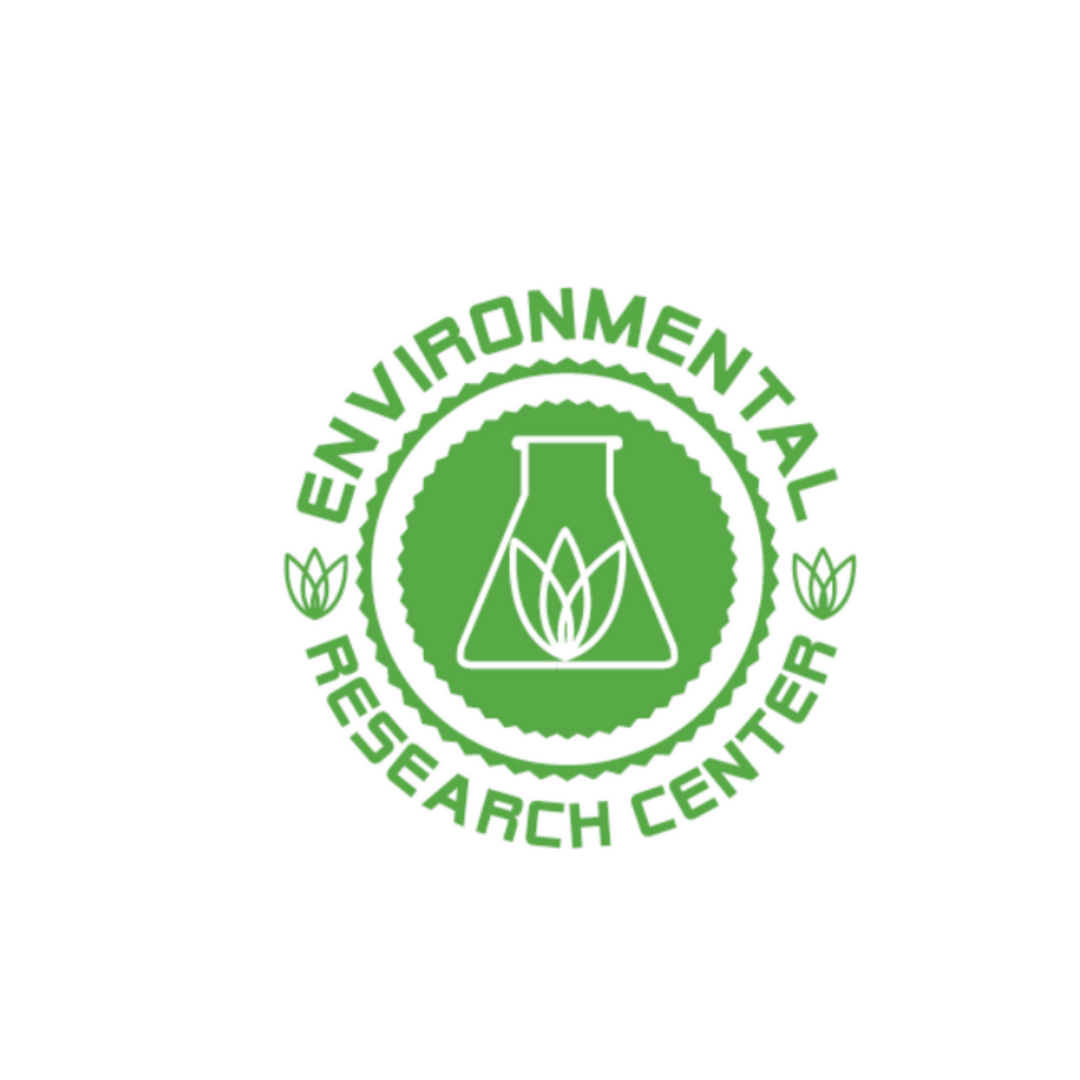Plastic Poison
We need water to live but it’s becoming increasingly obvious that the way that we obtain our drinking water is nearly as important. A new study published in the journal, Proceedings of the National Academy of Sciences, has developed a new way to study nanoplastics. This process has allowed researchers to establish the number of nanoplastics in a small sample of water with a much higher level of accuracy.
The impact of nanoplastics on human beings ranges from specific types of cancer to metabolic issues. The size of nanoplastics allows it to cross natural barriers within the body with ease and the impact of these tiny bits of plastic entering our lungs and heart, brain and muscle is not fully known. The consensus is that it should be avoided as much as possible. That’s scientist speak for “We don’t know yet but it can’t be good!.”
Thanks to this study, we now know that plastic bottles are a much bigger source of nanoplastics exposure than previously believed. The samples of bottled what came from popular brands and their nanoplastics contamination ranged from around 100,000 tiny bits to over 340,000 with an average of about 240,000 nanoplastics. This is more than 100x the level of contamination previously thought to be in a standard plastic bottle. We knew that more plastic was released if you left a bottle in the sun or in a warm place. Introducing heat broke down the integrity of the bottle and flooded the contents with plastic particulate. Now we know that the baseline amount of nanoplastics already in bottled water was hugely underestimated. Too then, would be the impact of regularly, or even intermittently, drinking bottled water.
We need water to survive but the risk both known and unknown of introducing high amounts(or any) of nanoplastics into the body is an excellent reason to look for alternative methods of obtaining our drinking water. With so many stainless steel and glass water bottles on the market today, using a single-use plastic bottle is not only more dangerous than previously thought, but it is more expensive for us and the environment long term. This is all one more reason to ban the plastic water bottle once and for all. Don’t you agree?
Additional Reading:

